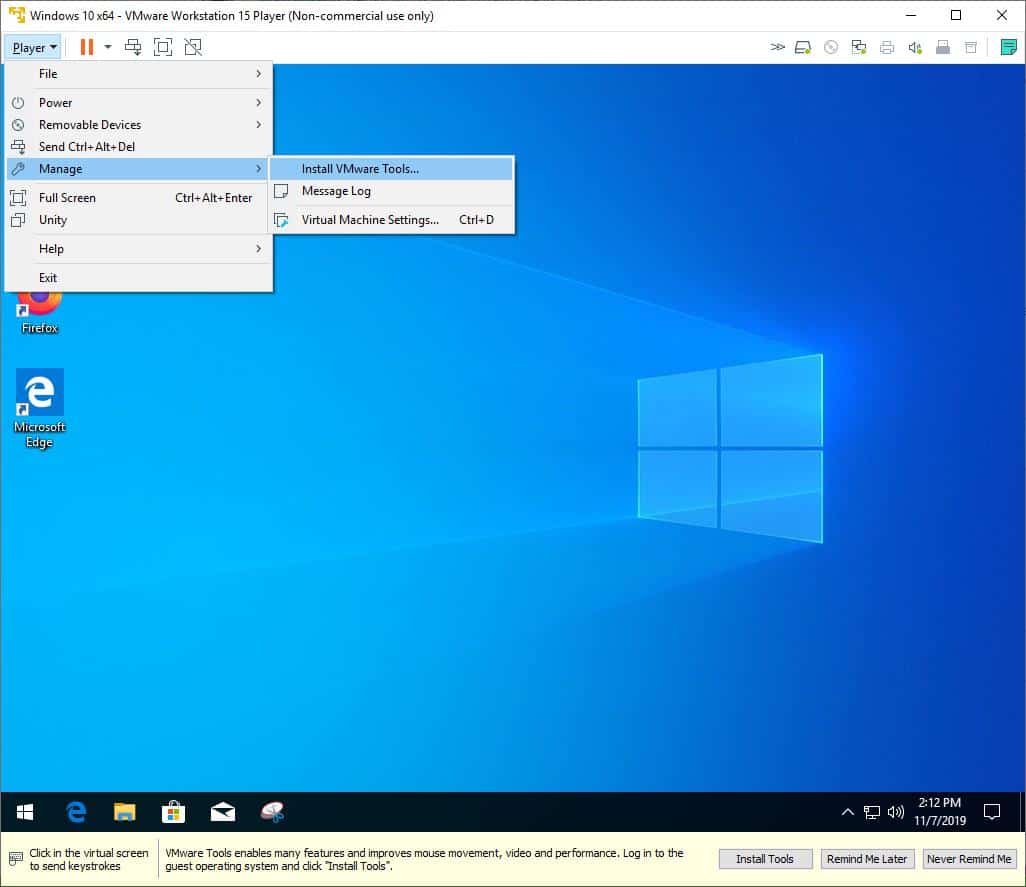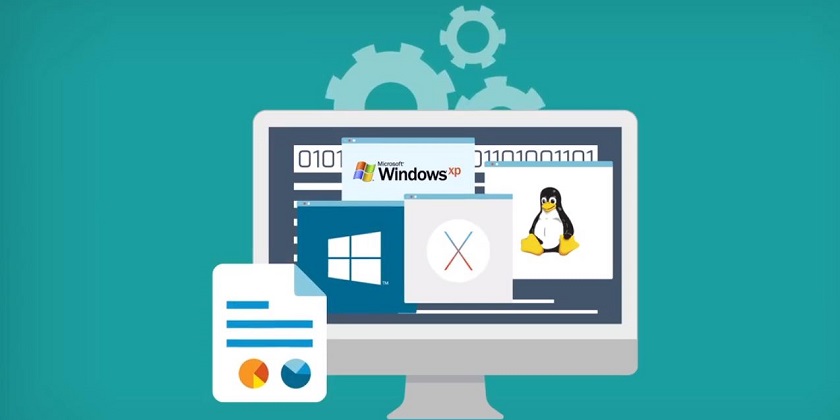

Essentially, it performs the same job that Fusion does for a macOS: Workstation enables you to run virtual desktops with a different OS, including macOS. If you use Windows or Linux and you choose to run a different OS, you need VMware Workstation. What is the difference between VMware Workstation and Fusion? To locate a virtual machine, select a datacenter, folder, cluster, resource pool, host, or vApp. Right-click the virtual machine and select All vCenter Actions > Guest OS > Install/Upgrade VMware Tools. Select the menu command to mount the VMware Tools virtual disc on the guest operating system. To assign the correct driver: select add a new device and select the CD-ROM under Disk, Driver and storage. To resolve this issue, you must assign the correct driver. Since VMware Tools cannot be installed without a CD-ROM drive, the incorrect network driver is also assigned to the NIC. VMware Workstation Pro and Player run on most 64-bit Windows or Linux host operating systems: Windows 10. For more detail, see our System Requirements documentation. VMware Workstation runs on standard x86-based hardware with 64-bit Intel and AMD processors, and on 64-bit Windows or Linux host operating systems. Click Create a new Virtual Disk and Click Continue. Select Windows 10 or Windows 10 64-bit as the Operating System, depending on whether it is 32-bit or 64-bit that you are trying to install. How do I install VMware fusion on Windows 10?įrom the VMware Fusion top menu bar click on File > New > Click on Create Custom Virtual Machine.

What is the difference between VMware Workstation and Fusion?.What is the difference between fusion and fusion pro?.Do I need a Windows license for VMware?.How do I force VMware tools to install?.Which version of VMware is compatible with Windows 10?.How do I download VMware Fusion on Windows?.How do I manually install VMware tools on Windows 10?.How do I get VMware to work on Windows 10?.How do I install VMware fusion on Windows 10?.


 0 kommentar(er)
0 kommentar(er)
